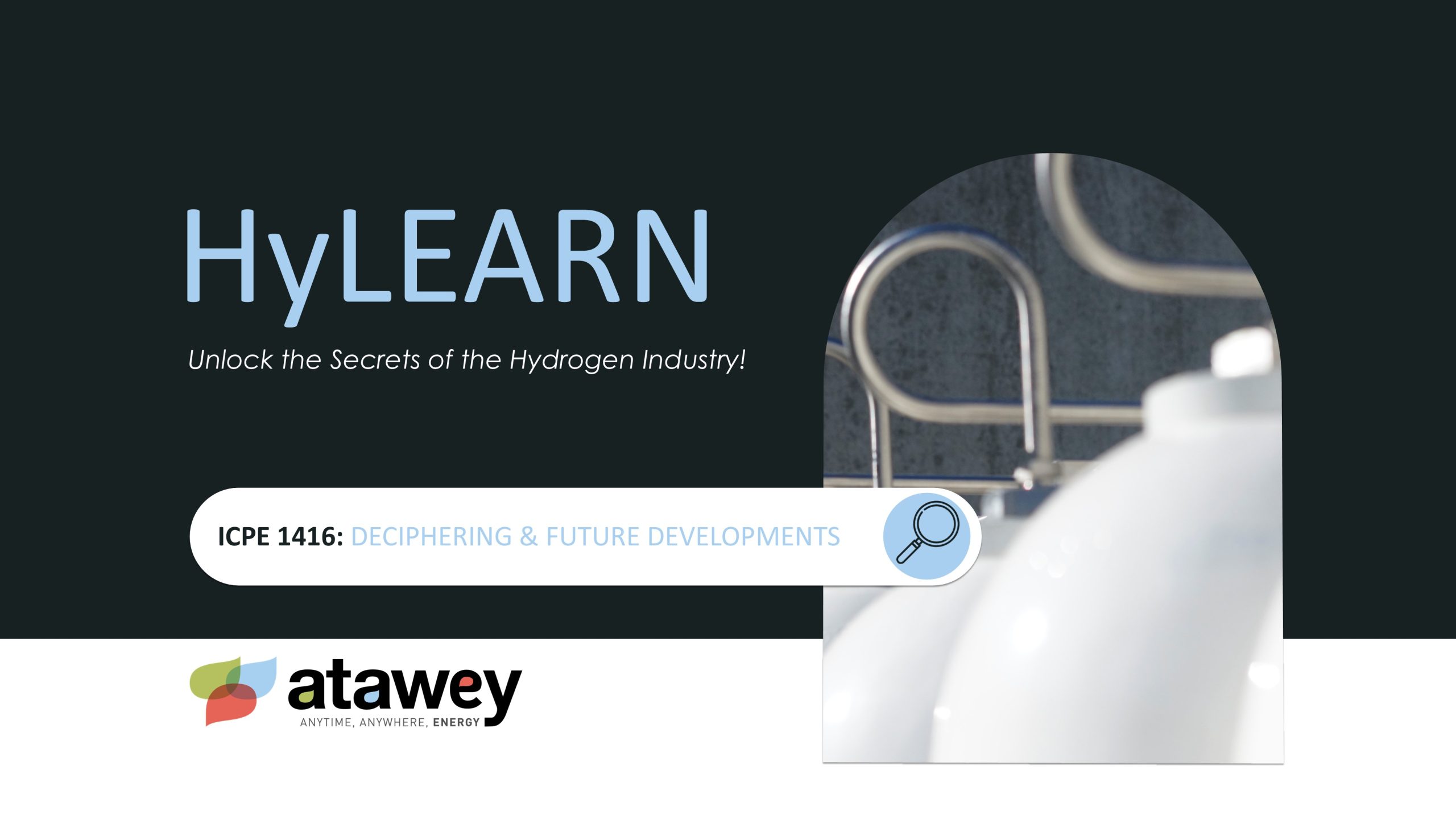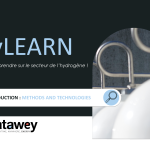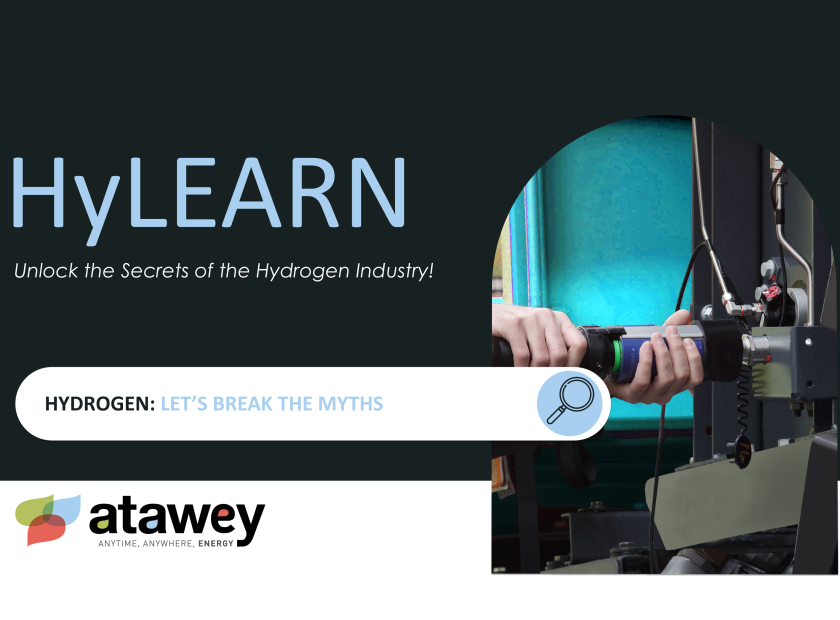
ICPE 1416: Deciphering and future developments
An Installation Classified for Environmental Protection (ICPE) refers to a strict French regulatory framework that governs industrial or agricultural facilities likely to pose risks to the environment, safety, or human health. Recognized for its comprehensive and rigorous standards, the ICPE framework serves as a benchmark in other European countries. It ensures that facilities minimize their environmental impact and adhere to the highest safety protocols, setting a model for sustainable industrial practices.
Understanding ICPE and Its Classifications
What are the criteria for being classified as an ICPE?
Facilities are classified as ICPE based on:
- Nature and activity: Type of production or storage (e.g., hydrogen storage, chemical production).
- Quantitative thresholds: Hydrogen storage volume, facility power, etc.
- Associated risks: Potential environmental impacts, substance hazards.
What are the different ICPE categories?
ICPEs are divided into three main categories:
- Authorization (A): Facilities with significant risks requiring prior authorization and comprehensive impact studies. Example: A hydrogen station with a storage capacity exceeding 10 tonnes.
- Registration (E): Facilities with moderate risks requiring registration with simplified studies. Example: Smaller facilities with limited storage capacity.
- Declaration (D): Low-risk facilities requiring only a declaration to authorities. Example: very small or temporary installations.
What are some relevant ICPE rubrics for hydrogen?
- 1416: Hydrogen distribution in stations.
- 3420: Hydrogen production through electrolysis.
- 4715: Hydrogen storage.
- 2910: Hydrogen combustion (e.g., in engines or turbines).
What are the obligations for ICPE facilities?
Obligations vary by category but generally include:
- Developing risk prevention plans.
- Conducting regular compliance audits.
- Installing appropriate safety measures (fire extinguishers, containment systems).
- Monitoring environmental impacts (emissions, discharges).
Understanding ICPE 1416 and Its Upcoming Changes
The ICPE 1416 regulation governs hydrogen distribution stations in France, with a focus on safety, environmental compliance, and operational reliability. For example, it sets minimum safety distances between hydrogen storage tanks and public areas, defines containment measures to prevent leaks, and requires advanced fire suppression systems. Set to evolve in 2025, the regulation will introduce new safety standards and technological updates to keep pace with the growing deployment of large-scale hydrogen infrastructure. For instance, stations will be required to incorporate advanced leak detection systems capable of real-time monitoring and triggering emergency shutdown protocols. These updates aim to streamline the implementation of hydrogen mobility projects while addressing key safety and operational challenges. For stakeholders in the hydrogen mobility sector, understanding these changes is essential to ensure project safety, compliance, and long-term success.
Understanding the Current ICPE 1416 Regulation
The ICPE 1416 regulation governs hydrogen distribution stations in France. It serves as a foundational legal framework to ensure safety, environmental protection, and the reliability of hydrogen facilities, especially as hydrogen plays an increasingly important role in the country’s energy transition.
As of today, any facility distributing hydrogen gas is subject to ICPE rubric 1416 as soon as it distributes more than 2 kg per day. This means that even small-scale stations intended for limited use fall within the regulatory scope. Importantly, this declaration is not a simple administrative formality—it includes the obligation to carry out periodic inspections by an accredited body to ensure that the installation remains compliant with current standards throughout its operation.
In parallel, ICPE rubric 4715 governs hydrogen storage. Two thresholds apply:
For on-site storage between 100 kg and 1 ton, the facility is subject to a declaration under rubric 4715.
For storage above 1 ton, the facility is subject to authorization, requiring a more detailed administrative process, including an environmental impact assessment and a public inquiry.
Regarding safety distances, the current regulations vary according to the volume of hydrogen stored. For example, storage volumes between 1 and 5 tons generally require 10 to 20 meters of separation from residential or sensitive areas, depending on the safety measures implemented. For volumes exceeding 5 tons, these minimum distances increase significantly to reduce risk in the event of an incident.
Hydrogen stations must also be equipped with reliable leak detection systems and efficient ventilation, especially in areas that may be partially enclosed. If an abnormal situation is detected, an emergency response plan must be activated immediately, including automatic system shutdown and intervention using fire suppression methods adapted to hydrogen’s unique properties—namely, its invisibility, odorlessness, extreme lightness, and high flammability.
Environmental protection is also a critical aspect of the regulation. Operators must implement safeguards to prevent contamination of soil, water, or air in the event of leaks or accidents. They must keep detailed records of inspections, maintenance operations, and any corrective measures taken to ensure site safety and compliance.
Together, ICPE regulations 1416 (for distribution) and 4715 (for storage) provide a clear and rigorous framework for securing the rollout of hydrogen stations in France. They are widely seen as a reference model at the European level, both for their thoroughness and for their ability to support the structured expansion of a rapidly growing industry. As France prepares for regulatory updates in 2025, this existing foundation already guarantees a high level of safety while laying the groundwork for the responsible industrial scale-up of hydrogen infrastructure.
Atawey’s Key Role in Shaping Hydrogen Standards
As a leader in hydrogen mobility, Atawey plays a crucial role in shaping the regulatory framework. Our experts actively participate in France Hydrogène working groups, contributing to the refinement of ICPE 1416 and related standards. These collaborations bring together manufacturers, installers, and policymakers to address challenges, remove regulatory barriers, and ensure hydrogen projects meet high safety and efficiency standards.
Our involvement goes beyond advisory roles. By working closely with public bodies and industry stakeholders, Atawey ensures that evolving regulations reflect real-world needs, fostering sustainable growth in the sector. Through ongoing dialogue and expertise, we help shape standards that make hydrogen solutions more accessible and scalable.
Atawey’s Commitment to Compliance and Excellence
Atawey’s hydrogen refueling stations are already compliant with the upcoming 2025 regulatory changes. Our systems are designed with advanced safety features, rigorous quality controls, and modular configurations to anticipate future expansions or updates. This proactive approach demonstrates our commitment to delivering reliable, future-ready solutions that meet the highest safety standards.
Our customers benefit from solutions that are not only compliant but also optimized for ease of use and long-term sustainability. With Atawey, you have a partner who combines technical expertise with a forward-looking approach, ensuring your hydrogen mobility projects thrive in an ever-evolving regulatory environment.





